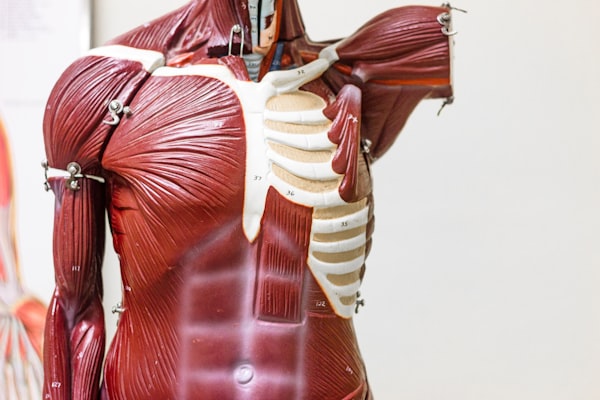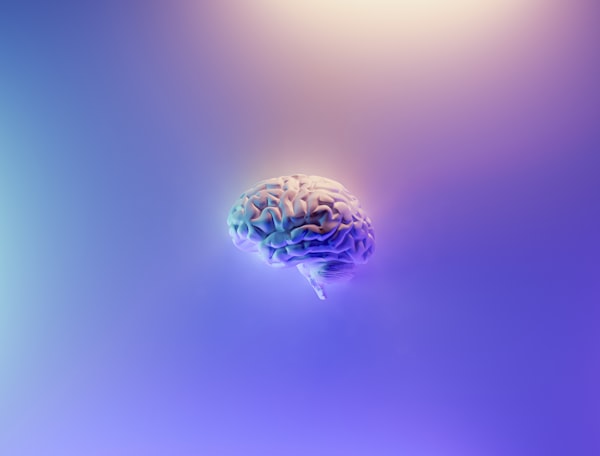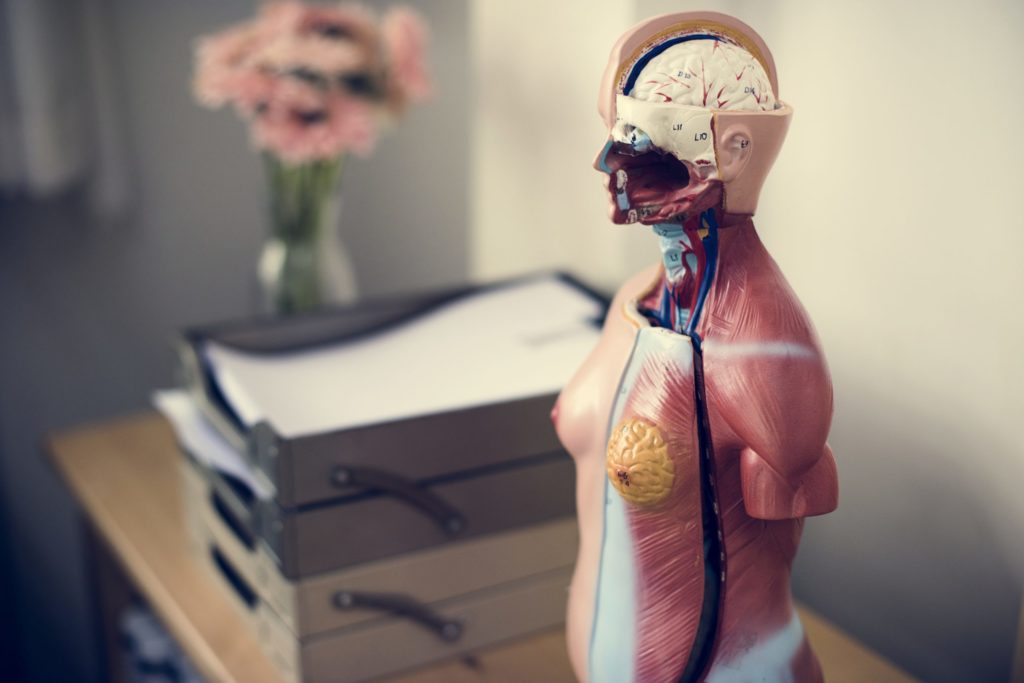The human body is a complex system made up of different organs that work together to keep us alive. In this article, we’ll take a look at how the body works and how different organs interact with each other. Keep reading to learn more!
How the Metabolic System Works

The human body’s metabolic system is responsible for the conversion of the food we eat into the energy our cells need to function. The process of metabolism is made up of a series of chemical reactions that occur in our cells. These reactions break down the food we eat into smaller molecules that our cells can use. The energy released by these reactions is used to power everything our cells do, from contracting our muscles to thinking and breathing.
The three main types of molecules that our cells use for energy are carbohydrates, proteins, and lipids. The different molecules are broken down into different chemicals in our metabolism. Carbohydrates are broken down into glucose, proteins into amino acids, and lipids into fatty acids and glycerol.
In regards to lipids, many companies are using the metabolic system to improve the delivery of vitamins through supplements. For example, Core Med Science has developed a range of liposomal supplements that interact with the metabolic system to effectively deliver nutrients to the body. When these liposomal supplements are ingested, they’re absorbed into the digestive system, where they release their contents. The nutrients or supplements within the liposomes are then able to be delivered directly to the cells, bypassing the digestive system. This is why liposomal supplements are often considered to be more effective than traditional supplements, as the nutrients are able to be delivered directly to the cells where they are needed most.
How the Muscular System Works

The muscular system is responsible for the movement of the body. Muscles are composed of fibers that contract when stimulated by a nerve impulse. This contraction causes the muscle to shorten and pull on bones, which results in movement. There are three types of muscles in the body: skeletal, cardiac, and smooth.
Skeletal muscles are attached to bones and are responsible for voluntary movements such as walking, running, and lifting weights. These muscles are innervated by motor neurons in the spinal cord. Cardiac muscle is found only in the heart and is responsible for pumping blood throughout the body. Cardiac muscle is innervated by special autonomic nerves that originate in the brainstem. Smooth muscles line most of the internal organs such as the stomach, intestines, and bladder and are responsible for involuntary movements, such as peristalsis and urination. Smooth muscles are innervated by autonomic nerves that originate in either the brainstem or spinal cord.
How the Endocrine System Works

The endocrine system is a network of glands that produce and release hormones directly into the bloodstream. These hormones control many important body functions, such as growth, metabolism, and reproduction. The hypothalamus is the part of the brain that controls the endocrine system. It sends signals to the pituitary gland, which releases hormones that stimulate other glands to release their own.
The thyroid gland produces thyroid hormone, which regulates metabolism. The adrenal glands produce cortisol, a stress hormone. The pancreas produces insulin and glucagon, which control blood sugar levels. The ovaries produce estrogen and progesterone, which regulate menstruation and pregnancy. And the testes produce testosterone, which stimulates sperm production.
Understanding Your Body
The body is a complex system of organs that interact with one another to maintain homeostasis. Each organ is important for the overall health of the body and must function together to keep the body healthy.





